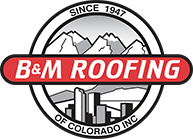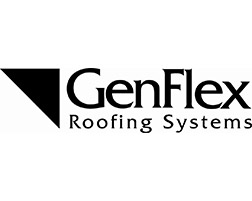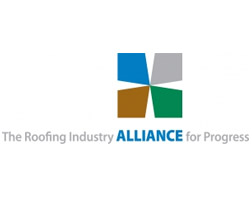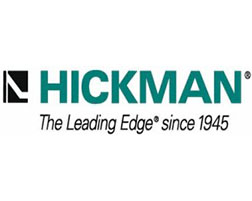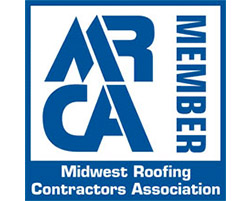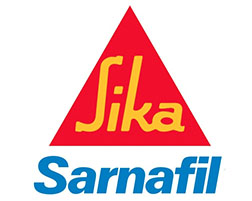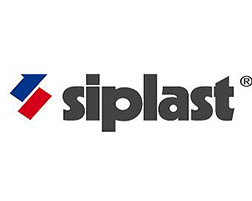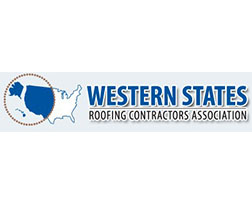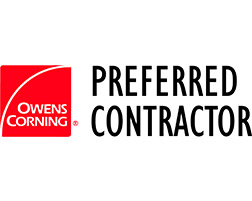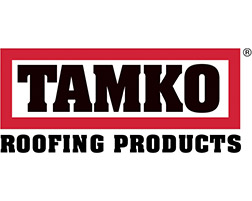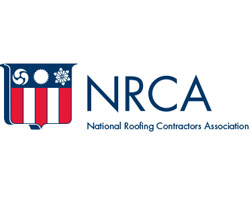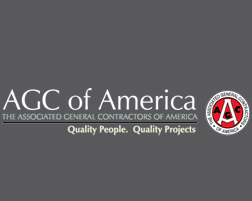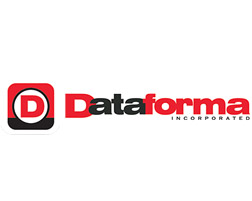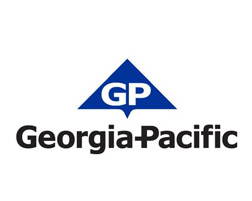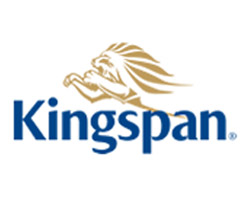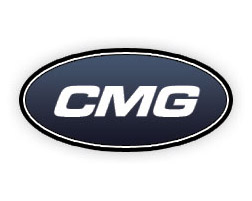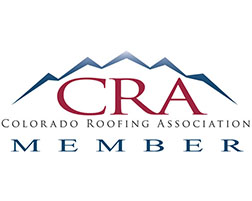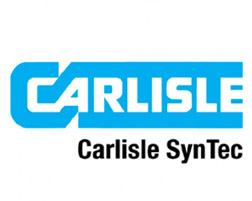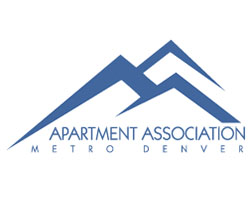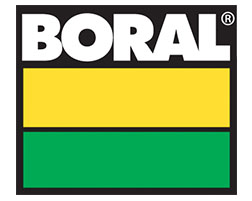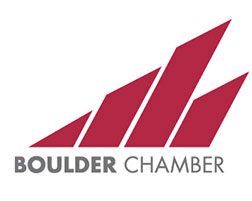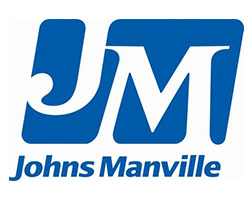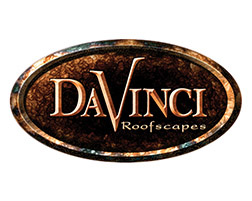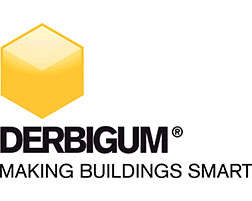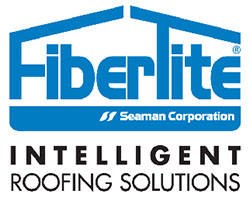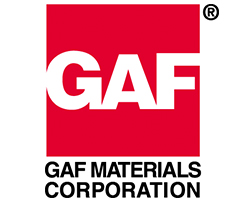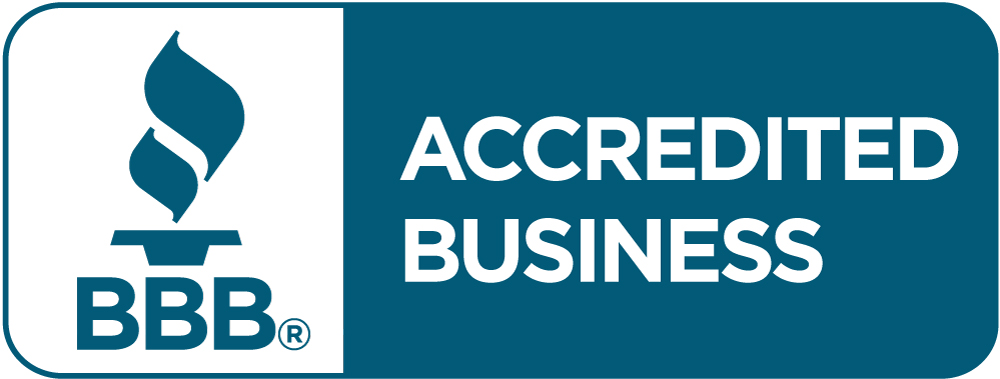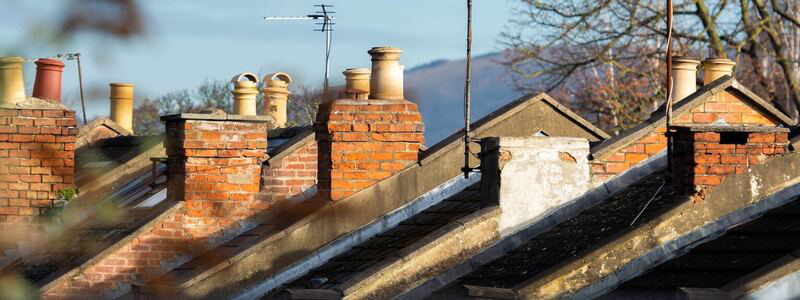
Common Roof Types
Roofing is a critical aspect of any building, whether residential or commercial. It not only safeguards your property from external elements but also plays a significant role in its overall aesthetics. However, choosing the right roof type can be daunting, given the many options available. That’s where we come in to lend a helping hand.
In this article, we will delve into the most common roof types for residential and commercial buildings and provide you with essential information to make informed decisions. Whether you’re a homeowner looking to replace your existing roof or a business owner planning to construct a new commercial building, understanding the various roof types and their suitability for different climates and architectural styles is crucial.

What are the Most Common Roof Types?
When it comes to roofing, there is a wide range of options available. However, some roof types are more commonly seen than others due to their practicality, durability, and aesthetic appeal. Let’s take a closer look at the most common roof types for both residential and commercial buildings.
Gable Roof
The gable roof is undoubtedly one of the most popular roof types in residential construction. It features two sloping sides that meet at a ridge, creating a triangular shape. The simplicity of its design, along with its cost-effectiveness and efficient water runoff, makes it a go-to choice for homeowners. Gable roofs are commonly found in various architectural styles and are particularly well-suited for areas with moderate climates like Colorado.
Hip Roof
The hip roof is known for its durability and stability, making it a common choice for both residential and commercial buildings. It has four sloping sides that meet at a ridge, offering excellent protection against strong winds. Hip roofs provide added strength and enhanced architectural aesthetics. In areas prone to hurricanes or high winds, such as coastal regions, hip roofs are a popular choice due to their ability to withstand extreme weather conditions.
Flat Roof
Flat roofs have gained popularity in both residential and commercial construction, especially in contemporary and minimalist designs. While they appear flat, they actually have a slight slope to allow for proper drainage. Flat roofs offer additional usable space, such as rooftop gardens or solar panel installations, and are relatively easier and more cost-effective to construct. However, proper maintenance and regular inspections are essential to prevent water pooling and potential leaks.
Shed Roof
The shed roof, also known as a skillion or mono-pitched roof, is a single-sloping roof with a steeper slope on one side and a shallower slope on the other. It is commonly used for smaller structures like sheds, garages, or extensions. Shed roofs provide a modern and minimalist aesthetic while allowing for efficient water drainage. They are also relatively easier and more affordable to construct than other roof types.
Mansard Roof
The mansard roof is a classic and elegant roof type that originated in French architecture. It features four sides with a double slope, with the lower slope steeper than the upper one. Mansard roofs provide additional living space as an attic or a full-story living area. They are commonly associated with historical buildings and Victorian-style homes, adding a touch of grandeur and architectural charm.
These are just a few examples of the most common roof types seen in residential and commercial construction. Other roof types, such as butterfly roofs, A-frame roofs, and gambrel roofs, have unique characteristics and applications.
Our team can assess your property and provide personalized recommendations to ensure the longevity and performance of your roof.
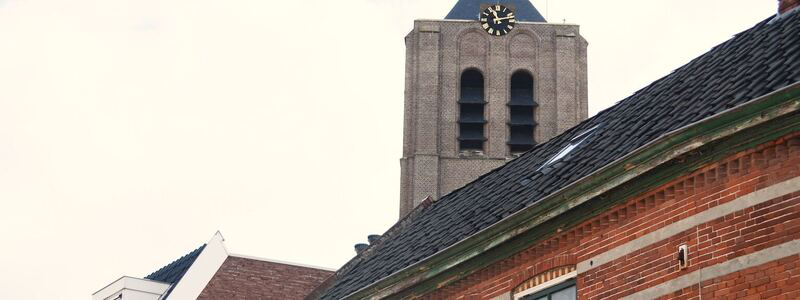
What is the Most Common Roof Type Called?
When it comes to the most common roof type, one name stands out: the gable roof. This design is widely recognized and used in residential construction, making it the go-to choice for homeowners in many regions. Its popularity can be attributed to its simplicity, versatility, and practicality.
A gable roof is characterized by its triangular shape, formed by two sloping sides that meet at a ridge. This design creates a gable or peak at each end of the roof. The steep slopes of a gable roof allow for efficient water runoff, preventing water from pooling and potentially causing leaks. This feature makes it ideal for areas with regular rainfall or snowy winters, such as Colorado.
The gable roof’s straightforward design makes it cost-effective and easier to construct and maintain compared to more complex roof types. Its simplicity allows for efficient use of materials and straightforward installation processes. This aspect makes the gable roof a practical choice for homeowners on various budgets.
Another advantage of the gable roof is its versatility in accommodating different architectural styles. Whether you have a traditional, modern, or contemporary home, the gable roof can complement the aesthetics and enhance the overall curb appeal. The clean lines and classic outline make it a timeless choice that can seamlessly blend with various architectural designs.
Additionally, the gable roof’s sloping sides provide additional space in the attic or upper levels of the house. This feature allows for better ventilation and potential future expansion. Homeowners can utilize the attic space for storage or even convert it into livable areas such as an extra bedroom or a home office.
Despite its popularity, it’s essential to consider certain factors when opting for a gable roof. The steep slopes can be susceptible to wind uplift, so proper reinforcement and quality construction are crucial, especially in areas prone to strong winds. Additionally, gable roofs may require additional measures to ensure proper ventilation and insulation.
In conclusion, the most common roof type offers a range of benefits that have made it a popular choice among homeowners. Its simplicity, versatility, and efficient water runoff suit various climates and architectural styles. The gable roof is a reliable and practical option if you’re considering a roof replacement or construction.
What are the 5 Most Common Types of Roofing?
When it comes to roofing materials, there is a wide array of options available, each with its own characteristics and benefits. However, some roofing types stand out as the most commonly used due to their durability, affordability, and versatility. Let’s explore the five most common types of roofing materials seen in both residential and commercial construction.
Asphalt Shingles
Asphalt shingles are the most popular and widely used roofing material, mainly due to their affordability and ease of installation. They are made of fiberglass or organic materials coated with asphalt and mineral granules. Asphalt shingles come in a variety of styles and colors, allowing for versatile design options. They offer excellent protection against weather elements and have a lifespan of around 15 to 30 years, depending on the quality and maintenance.
Benefits of Asphalt Shingles
- Cost-effective and widely available
- Durable and weather-resistant
- Versatile in terms of design options
- Easy to install and repair
Metal Roofing
Metal roofing has gained significant popularity due to its durability, longevity, and energy efficiency. Common metals used for roofing include steel, aluminum, zinc, and copper. Metal roofs can mimic the appearance of other roofing materials, such as shingles or tiles while offering superior durability and resistance against fire, wind, and impact. They can last 40 to 70 years or more, making them a long-term investment.
Benefits of Metal Roofing
- Exceptional durability and longevity
- Energy-efficient and environmentally friendly
- Fire-resistant and low maintenance
- Lightweight and available in various styles
Clay or Concrete Tiles
Clay and concrete tiles are renowned for their classic and elegant appearance, often seen in Mediterranean or Spanish-style architecture. These roofing materials are extremely durable and can withstand harsh weather conditions. Clay tiles are more expensive than concrete tiles but offer a longer lifespan and a unique aesthetic appeal. It’s important to note that clay and concrete tiles are heavier than other roofing materials, requiring proper structural support.
Benefits of Clay/Concrete Tiles
- Long-lasting and weather-resistant
- Excellent insulation properties
- Fire-resistant and low maintenance
- Enhance curb appeal and architectural aesthetics
Wood Shakes or Shingles
Wood shakes or shingles provide a natural and rustic look to a roof, making them popular in traditional or cottage-style homes. They are typically made from cedar, redwood, or pine. Wood roofing requires proper maintenance to prevent rot, mold, or insect infestation. However, when well-maintained, wood shakes or shingles can last 30 to 50 years.
It’s worth noting that some areas have restrictions on the use of wood roofing due to fire concerns.
Benefits of Wood Shakes or Shingles
- Natural and aesthetically pleasing appearance
- Excellent insulation properties
- Can be repaired or replaced individually
- Environmentally friendly
At B&M Roofing, we have extensive experience working with all types of roofing materials and can guide you in choosing the right one for your specific needs.
Synthetic Roofing Materials
Synthetic roofing materials, such as synthetic slate or rubber composite shingles, offer an alternative to natural materials at a more affordable price. Synthetic slate mimics the look of real slate but is lighter and easier to install. Rubber composite shingles replicate the appearance of wood shakes or slate tiles while providing enhanced durability and resistance against weather elements. These synthetic options offer a balance between cost, aesthetics, and performance.
Benefits of Synthetic Roofing Materials
- Cost-effective alternative to natural materials
- Lightweight and easy to install
- Durable and low maintenance
- Wide range of styles and colors
These five roofing materials represent the most common choices for residential and commercial buildings. Each material has its own unique features, benefits, and considerations. When selecting a roofing material, it’s important to consider factors such as budget, climate, architectural style, and desired lifespan.
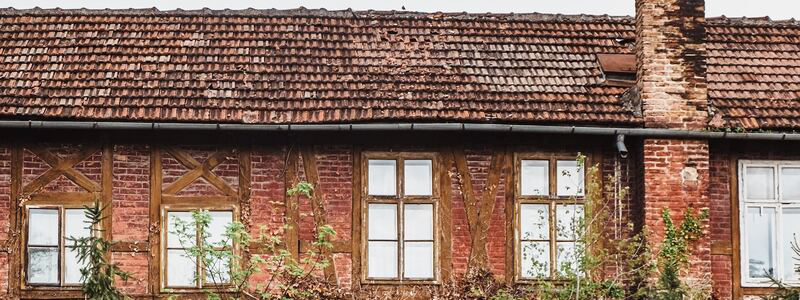
Choosing an expert team at roofing
B&M Roofing has extensive experience in residential and commercial roofing, with a Colorado company providing quality service throughout the Centennial State since 1947.
The premier Colorado commercial roofing contractor uses only the highest quality roofing shingle suppliers: GAF and Owens Corning. We offer a wide range of colors and styles to choose from, ensuring that we can match the right roof shingle color to any home’s style.
We work with brands like GAF and Owens Corning to offer you a variety of roofing materials and colors to choose from and allow you to find the perfect color for your home. B&M is always available to help give your home’s roof the beauty it deserves.
